Siats meekerorum
Name Origin
Named after "Siats," the man-eating monster from the Ute tribe's folklore in Utah, and "meekerorum," which honors the Meeker family for their contribution to the species' identification.
Classification
Diapsida, Saurischia, Theropoda
Habitat (Discovery Location)
United States
Period
Approximately 98 million years ago (Late Cretaceous)
Length
Juvenile estimate: Approximately 9 to 12 meters
Weight
Juvenile estimate: Approximately 4 tons
Diet
Carnivore (Meat-eater)
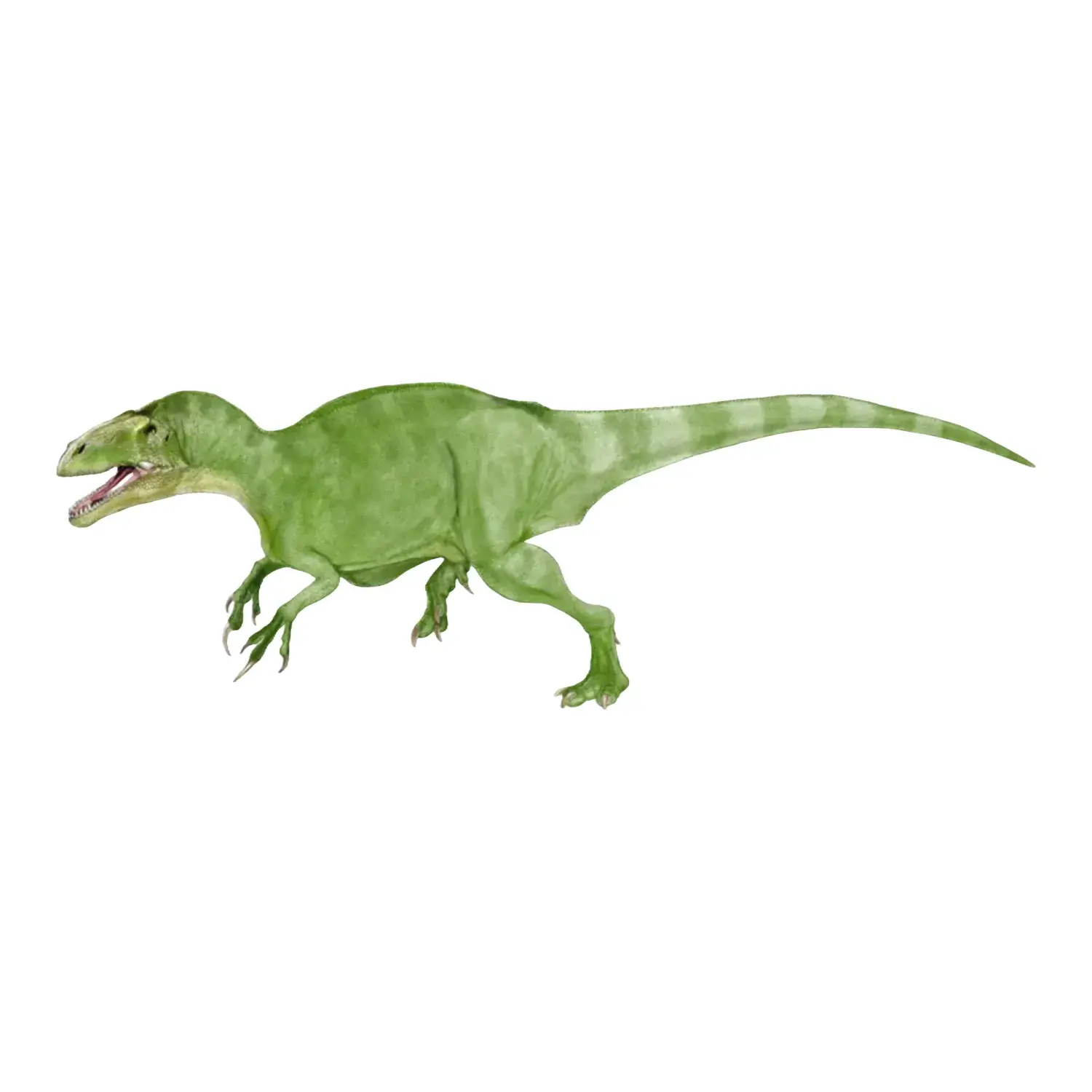
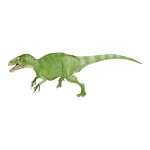


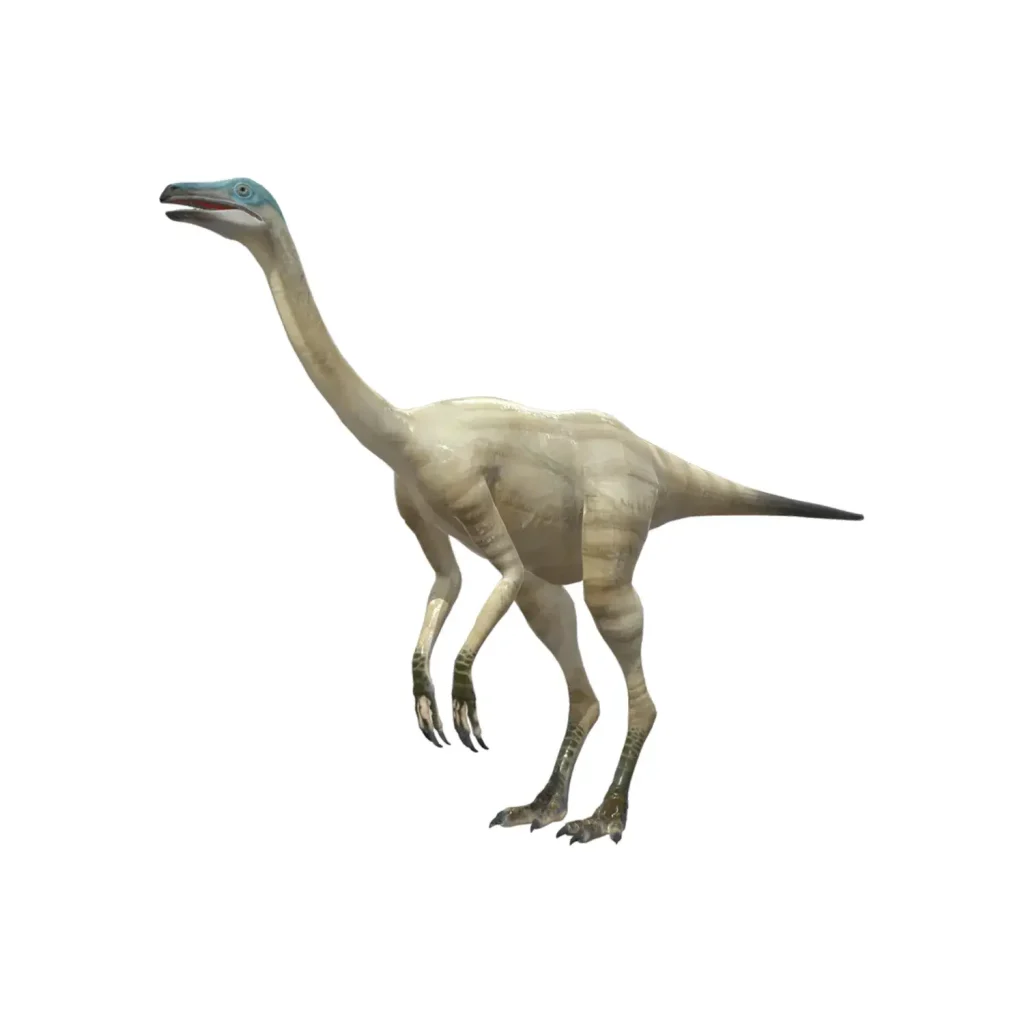
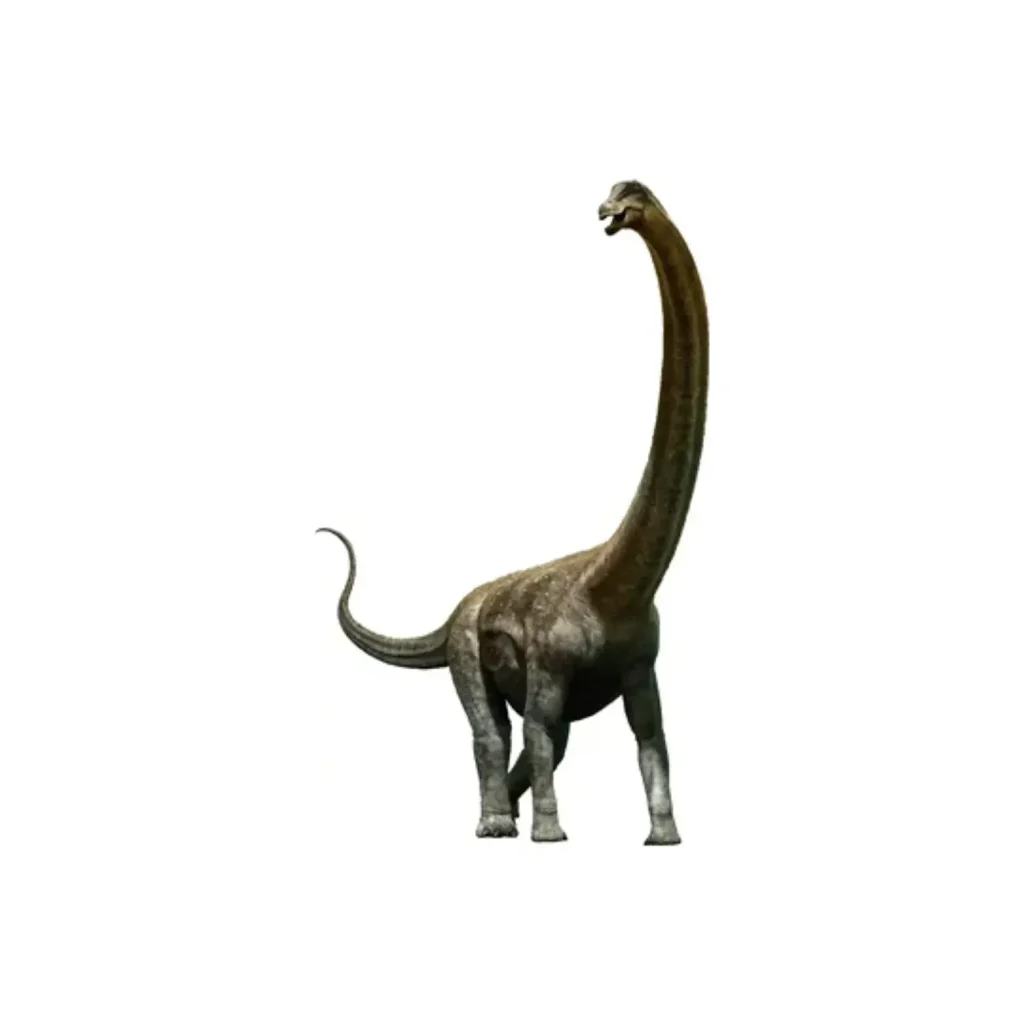
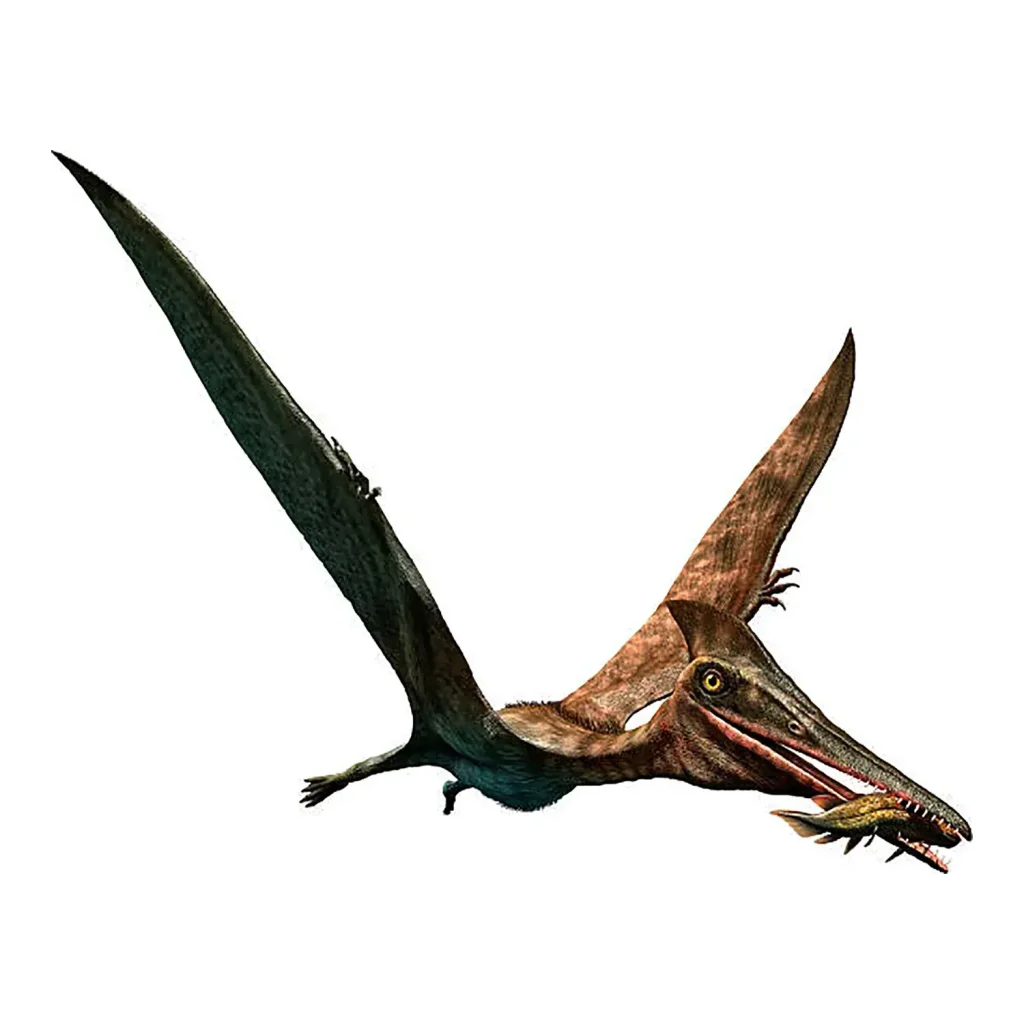
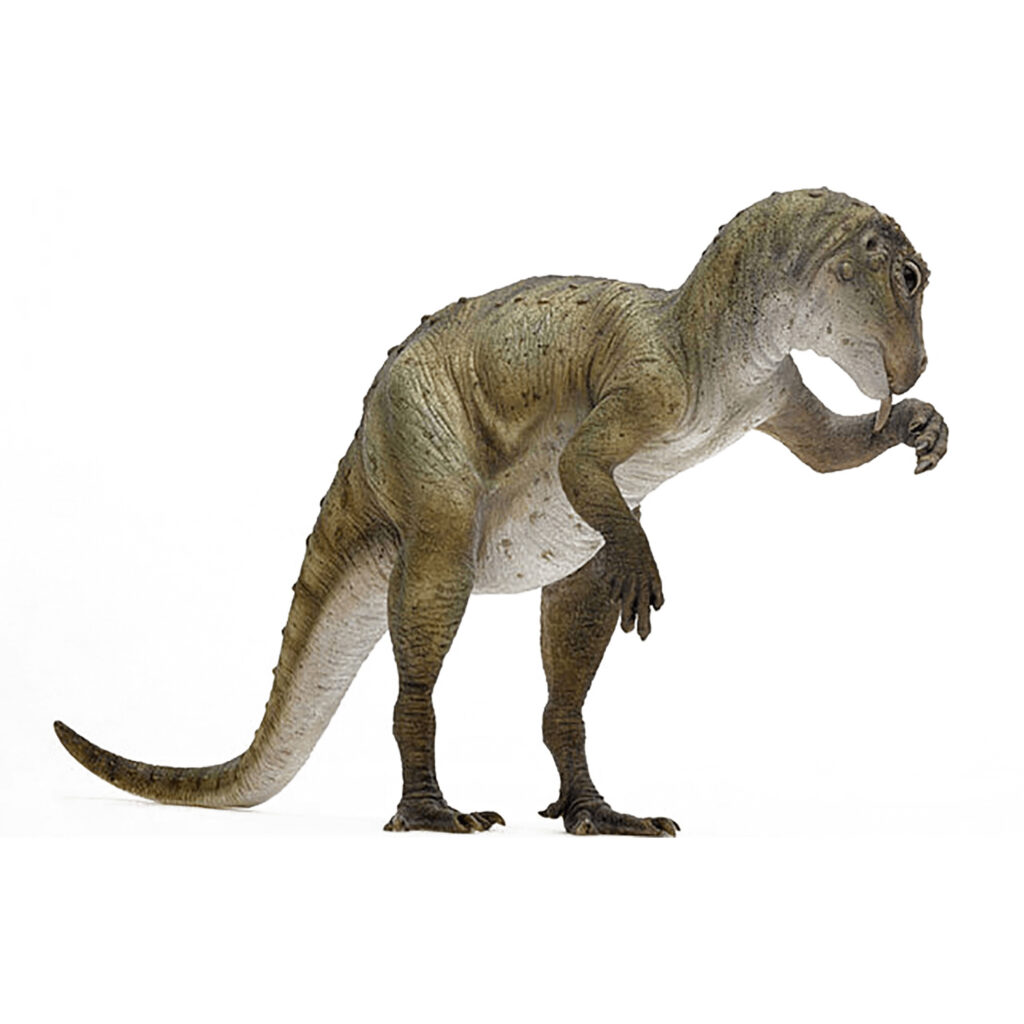













Description
Siats meekerorum was a giant carnivorous dinosaur that lived on the North American continent about 98 million years ago during the Late Cretaceous period.
Its name is derived from Siats, the man-eating monster in the folklore of the Ute tribe, indigenous people of Utah.
The discovery of this dinosaur was revolutionary, as it filled a long-standing gap regarding “who was the apex predator in North America before the rise of the fully evolved Tyrannosaurus rex.”
Astonishing Size and Systemic Debate
The fossil of Siats was accidentally discovered in the Cedar Mountain Formation in eastern Utah by Lindsay Zanno, who was a University of Texas student at the time.
Immature at 12m: Potential Global Giant
The excavated fossil belonged to an immature juvenile whose vertebrae were not fully fused, yet its size was already astonishing.
Length and Weight
Even as a juvenile, it was estimated to be a minimum of 9 to 12m long and weigh about 4 tons.
This size placed it as the third largest carnivorous dinosaur discovered in North America at the time, rivaling existing giants like Saurophaganax and Acrocanthosaurus.
Physical Characteristics
It had a pointed, sleek head compared to Tyrannosaurus.
Instead of the familiar short, two-fingered forelimbs of Tyrannosaurus, it had relatively long, three-fingered forelimbs, which are believed to have helped it grab prey.
As its name—the man-eating monster from Ute folklore—suggests, its high predatory ability is highly regarded.
Future Potential
The research team suggested that adults could have been even larger, stating that “future discoveries may reveal that an adult Siats was one of the largest carnivorous dinosaurs ever known.”
The Systemic Debate: Is It an Allosauroid?
Siats is considered a member of the Neovenatoridae family, which belongs to the Allosauroidea superfamily. However, later research suggested the possibility that it was a megaraptoran, and Siats’s classification remains a hot topic in paleontology.
The Monster That Ruled Tyrannosaurus’s Dark Age
The most significant aspect of the Siats discovery is its age and ecological status.
It filled the “ecological gap” just before Tyrannosaurus rose to prominence as the apex predator of North America.
Dominance and the Tyrannosaurus Slump
Apex Predator Status
At the time Siats lived, about 98 million years ago, it was unquestionably the apex predator.
Tyrannosaurus’s Dark Age
Although ancestors of the later king of the dinosaurs, Tyrannosaurus (such as Moros), are found in the same rock layers, they were small genera, only about 2 meters long. It is now known that they occupied the status of a low-level consumer, hiding and fleeing from large predators like Siats.
Evolutionary History
The discovery of Siats shows that the Allosaurus lineage continued to reign supreme for at least another 10 million years.
It is now clear that Tyrannosaurus only ascended to the top of the food chain after dinosaurs like Siats disappeared.
Unexplained Full Picture and Future Outlook
Since the discovered skeleton is incomplete and belongs to a juvenile, the exact size of a mature Siats remains unclear.
Future discoveries of adult fossils and the advancement of research will be key to revealing the full picture of this gigantic dinosaur.